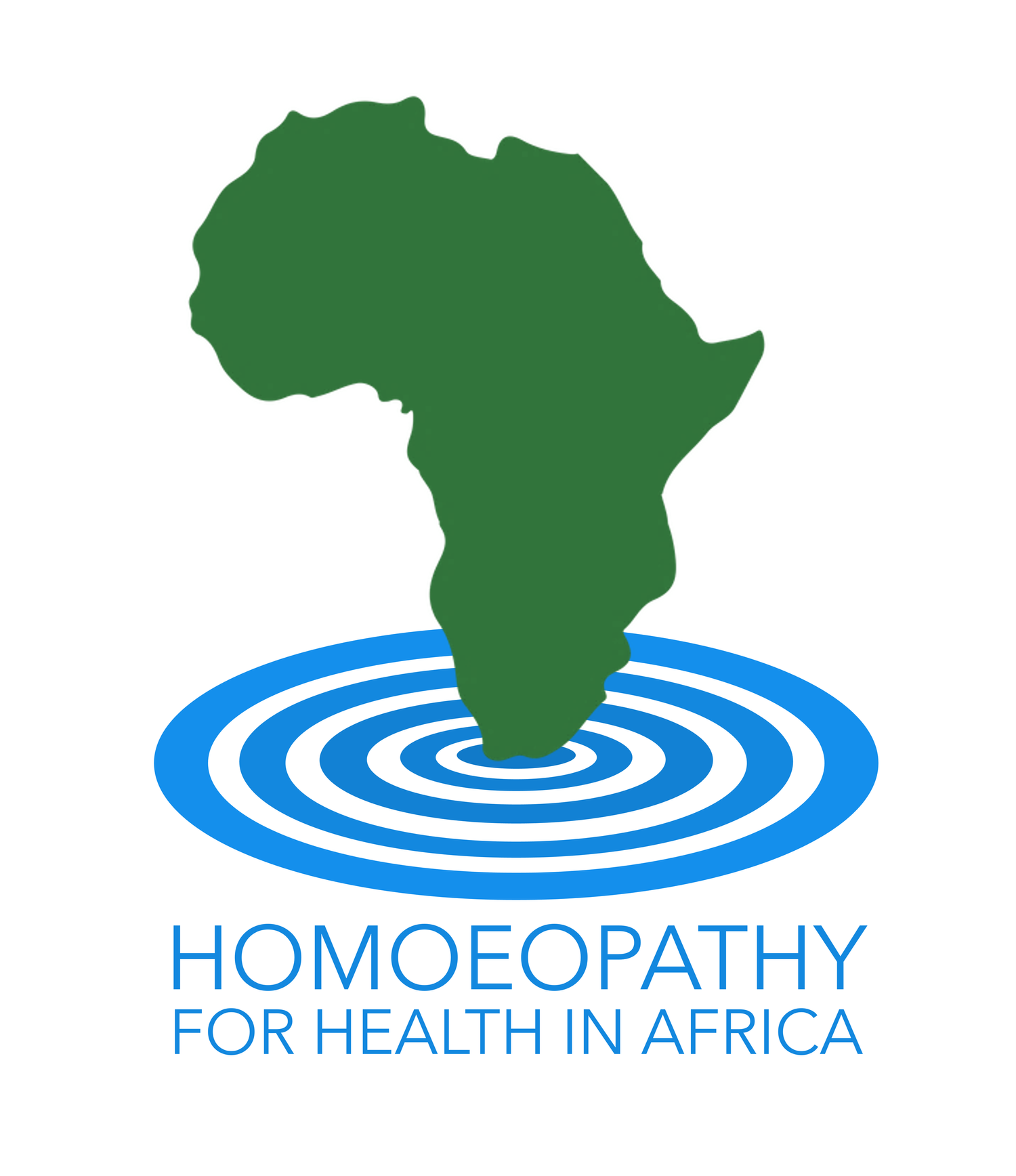 Image 1 of
Image 1 of


Rapeseed Proving
Brassica napus
Jeremy Sherr and The Dynamis School UK 1991 (& 1992)
Brassica napus was published in Dynamic Provings Volume I. I decided to re-prove Brassica after it became apparent how few symptoms the first proving had produced. Compared to the other extensive provings in the volume, Brassica was almost hidden. It was very difficult to see the real nature of the remedy, which appeared flat and without individualising features. I received almost no clinical confirmation from colleagues. This surprised me, as I remembered this proving to be a full and thorough work. My conclusion was that many of the more unique symptoms were lost to overzealous trimming, due to fear of admitting inaccurate data into the proving.
This was one of my earlier provings. I have since learned to have more faith in the strange and individual symptoms that arise in a proving. If we attempt to make a proving ‘over-scientific’, by including only symptoms which are common to several provers, we lose the singular and individual nature of the remedy.
I therefore asked our ‘magic’ prover, Prover 32, to repeat this proving. She reports that this was one of the most unpleasant provings she has ever done. The result, however, is a highly characteristic picture that complements the original proving, but highlights its special features. These days, Brassica napus (rapeseed) is very prevalent throughout Europe, in some areas becoming a monoculture. It is subject to genetic engineering and is subsidised by the EEC. Though it is considered toxic, it is economically viable and is being used as a diesel substitute. It seems to me that this will be a very useful remedy in our modern world.
Jeremy Sherr 2002
Brassica napus
Jeremy Sherr and The Dynamis School UK 1991 (& 1992)
Brassica napus was published in Dynamic Provings Volume I. I decided to re-prove Brassica after it became apparent how few symptoms the first proving had produced. Compared to the other extensive provings in the volume, Brassica was almost hidden. It was very difficult to see the real nature of the remedy, which appeared flat and without individualising features. I received almost no clinical confirmation from colleagues. This surprised me, as I remembered this proving to be a full and thorough work. My conclusion was that many of the more unique symptoms were lost to overzealous trimming, due to fear of admitting inaccurate data into the proving.
This was one of my earlier provings. I have since learned to have more faith in the strange and individual symptoms that arise in a proving. If we attempt to make a proving ‘over-scientific’, by including only symptoms which are common to several provers, we lose the singular and individual nature of the remedy.
I therefore asked our ‘magic’ prover, Prover 32, to repeat this proving. She reports that this was one of the most unpleasant provings she has ever done. The result, however, is a highly characteristic picture that complements the original proving, but highlights its special features. These days, Brassica napus (rapeseed) is very prevalent throughout Europe, in some areas becoming a monoculture. It is subject to genetic engineering and is subsidised by the EEC. Though it is considered toxic, it is economically viable and is being used as a diesel substitute. It seems to me that this will be a very useful remedy in our modern world.
Jeremy Sherr 2002
Brassica napus
Jeremy Sherr and The Dynamis School UK 1991 (& 1992)
Brassica napus was published in Dynamic Provings Volume I. I decided to re-prove Brassica after it became apparent how few symptoms the first proving had produced. Compared to the other extensive provings in the volume, Brassica was almost hidden. It was very difficult to see the real nature of the remedy, which appeared flat and without individualising features. I received almost no clinical confirmation from colleagues. This surprised me, as I remembered this proving to be a full and thorough work. My conclusion was that many of the more unique symptoms were lost to overzealous trimming, due to fear of admitting inaccurate data into the proving.
This was one of my earlier provings. I have since learned to have more faith in the strange and individual symptoms that arise in a proving. If we attempt to make a proving ‘over-scientific’, by including only symptoms which are common to several provers, we lose the singular and individual nature of the remedy.
I therefore asked our ‘magic’ prover, Prover 32, to repeat this proving. She reports that this was one of the most unpleasant provings she has ever done. The result, however, is a highly characteristic picture that complements the original proving, but highlights its special features. These days, Brassica napus (rapeseed) is very prevalent throughout Europe, in some areas becoming a monoculture. It is subject to genetic engineering and is subsidised by the EEC. Though it is considered toxic, it is economically viable and is being used as a diesel substitute. It seems to me that this will be a very useful remedy in our modern world.
Jeremy Sherr 2002





